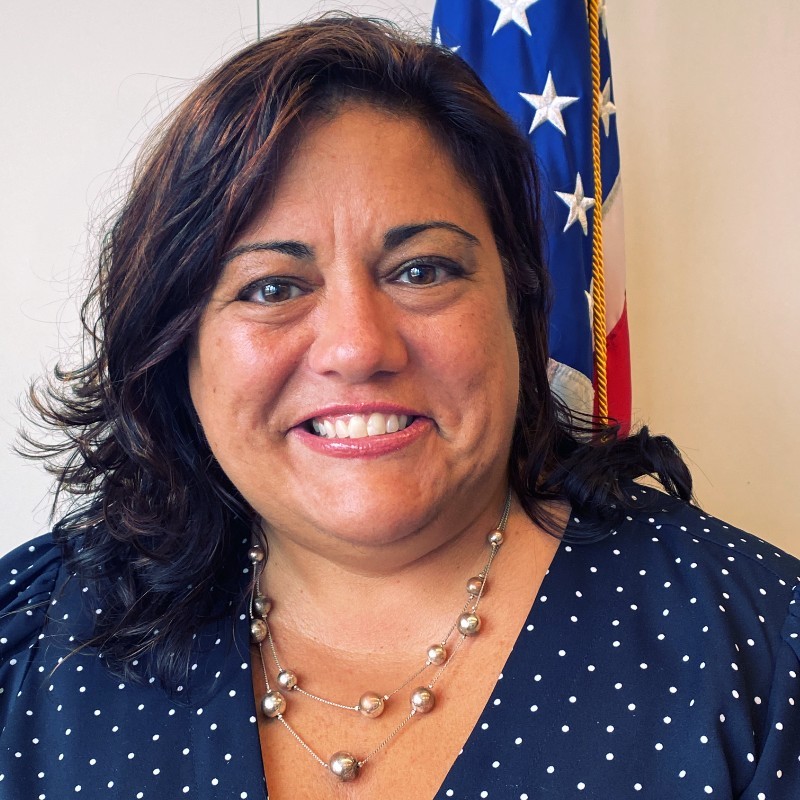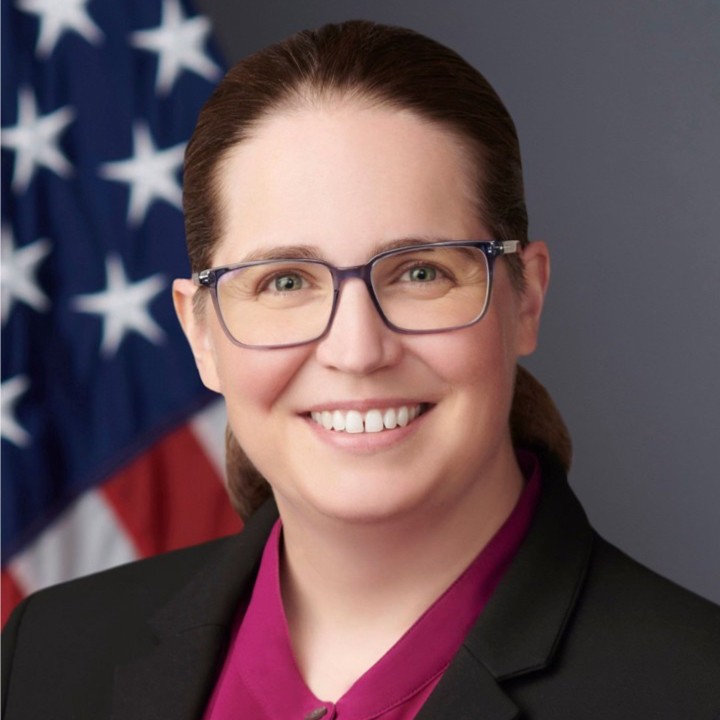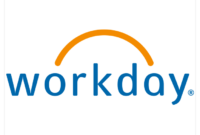Hubbard Radio Washington DC, LLC. All rights reserved. This website is not intended for users located within the European Economic Area.

Discussing the trends: How agency leaders are thinking about the future of human capital management
On Demand
As agencies look to address governmentwide human capital issues, like attrition, turnover, recruitment and morale, the effective use of data becomes critical.
It’s no question that agencies have tons of workforce data available to them, but human capital managers are aiming to make impactful decisions based on that information, while addressing governmentwide challenges.
A recent survey Federal News Network conducted in partnership with Workday showed that for human capital leaders, the top three management challenges across government are staff recruitment, staff turnover and employee morale.
“These are concepts that are common sense, but they’re also very, very specific to the federal workforce,” U.S. Trade and Development Agency Deputy Director Ellie Collinson said during a Federal News Network panel. “We are looking at things like time to hire, how much time is it taking us to hire, and the specificity of our job descriptions, to make sure that we’re getting qualified candidates that we really can truly move forward with. Those are things that I think are universally understood to be challenges.”
But as agencies face those human capital challenges, the effective use of data becomes critical. Collinson said USTDA is constantly collecting data, and at her agency, it’s an expectation to be working in a data-informed environment.
“On the other hand, as a small agency, we need to be recognizing that there’s only so much we can do with quantitative data. And we really need to be sure that we’re wrapping that around with qualitative,” Collinson said. “Some of the ways that we are pursuing qualitative data is, for example, having a barrier analysis and talking about our recruitment strategy and inviting employees to provide feedback and discuss our mechanisms for recruitment.”
The importance of upskilling, reskilling
And for all agencies, recruitment is only half the challenge. Ensuring employees are satisfied and engaged in their jobs is an equally crucial part of the equation. For IRS Human Capital Officer Traci DiMartini, reaching strong staff retention requires providing opportunities for upward mobility.
“[One] piece is explaining to people, we’re in it for the long haul with you. We are going to upskill or reskill people to keep their skills current, and to keep them mobile and agile,” DiMartini said. “I don’t want people to think I’m hiring them for one job — I’m hiring them to serve in an agency. And we’re going to keep their skills sharp so they can be deployed, and be competitive for promotions, and be put in different offices to expand their skillset.”
Regardless of whether the focus is on recruitment of new employees or retention of current staff, DiMartini said communication and collaboration among different agency components is key.
“The relationship between the HR office and the hiring managers, it has to be a partnership,” DiMartini said. “It has to move from thinking of HR as a transactional, back-of-office business service to truly a partnership.”
Matthew Cornelius, managing director of federal industry at Workday, said while data is certainly important, having a cohesive system to parse and understand data is one way for managers to actually address human capital challenges.
“It’s great that folks are feeding data into some system somewhere, but if there’s 1,000 different systems that you’re trying to synthesize all this data across, that’s the real challenge,” Cornelius said. “We have mechanisms and processes to produce information and collect information. But if we’re not able to bring that together in a single platform, and give an enterprise visibility to leaders, they’re never going to be able to actually take those bold steps.”
Connecting with more job candidates
Many human capital leaders are also looking for better ways to connect with candidates outside government, and make it easier for potential applicants to see and understand the process, so they don’t give up hope if the timeline appears slow.
“Our agency has security requirements that can introduce even further delays in bringing in someone who’s new to government, who hasn’t had to go through that process before. It immediately creates an incentive for us to try to hire from inter-government,” Collinson said. “From that standpoint, it’s a self-fulfilling prophecy or perpetual cycle of stealing from the cookie jar, so to speak. And we’re not replenishing that cookie jar.”
And without a cohesive system to manage all their workforce data, agencies could struggle to understand why they aren’t reaching the talent they desire.
“What we’re seeing with our federal customers is they want access to more data in more places, so they can take action more readily, and so that they can see the impacts of those of those actions that are taken,” Cornelius said. “That helps them fulfill their mission, helps improve those FEVS scores, and really lets employees know that they matter and that they’re heard.”
Deepening DEIA data
While many leaders agreed that challenges like attrition and recruitment were common, the human capital survey also showed that just 3% respondents saw diversity, equity, inclusion and accessibility (DEIA) as a top issue. But for Collinson, DEIA is not necessarily a challenge, but rather an opportunity.
“Recruitment and retention are part and parcel connected to, how does an employee feel included in their agency? And how are we going about ensuring that we are reaching all diverse populations in the United States with our recruitment efforts,” Collinson said.
At the same time, DiMartini said agencies have a need for better DEIA data. Being able to filter down further on the data could help agencies understand where a workforce is falling short.
“Do we have enough diversity at the highest levels of government? Do we have enough diversity in certain job series?” DiMartini said. “If we can make our workforce feel comfortable and heard, we will collect more of that data, and then make sure that we understand that is a powerful tool.”
“I think there’s a hunger and a need for data across the DEIA thought leadership space because of the nature of accountability,” Collinson added. “If we’re making commitments, if we’re talking about the importance of these issues, how do we know we’re moving the needle? When we’re talking about these concepts, data has an important role in measuring how we’re making progress.”
Ultimately, Cornelius said having a single platform can help leaders access the data they need, yield better workforce understanding, and pinpoint where to make changes in long-term human capital planning.
“It comes back to finding better, easier ways to find the right candidate pool, attract the right people, but also not burden them with a lot of data collection,” Cornelius said. “Moving beyond the employee experience to the candidate recruitment experience is something that a lot of folks are asking us about.”
Learning objectives:
- Trends in employee engagement and satisfaction
- Methods in workforce data collection and analyzation
- Addressing DEIA within federal agencies
By providing your contact information to us, you agree: (i) to receive promotional and/or news alerts via email from Federal News Network and our third party partners, (ii) that we may share your information with our third party partners who provide products and services that may be of interest to you and (iii) that you are not located within the European Economic Area.
Please register using the form on this page.
Have questions or need help? Visit our Q&A page for answers to common questions or to reach a member of our team.
Speakers
By providing your contact information to us, you agree: (i) to receive promotional and/or news alerts via email from Federal News Network and our third party partners, (ii) that we may share your information with our third party partners who provide products and services that may be of interest to you and (iii) that you are not located within the European Economic Area.





